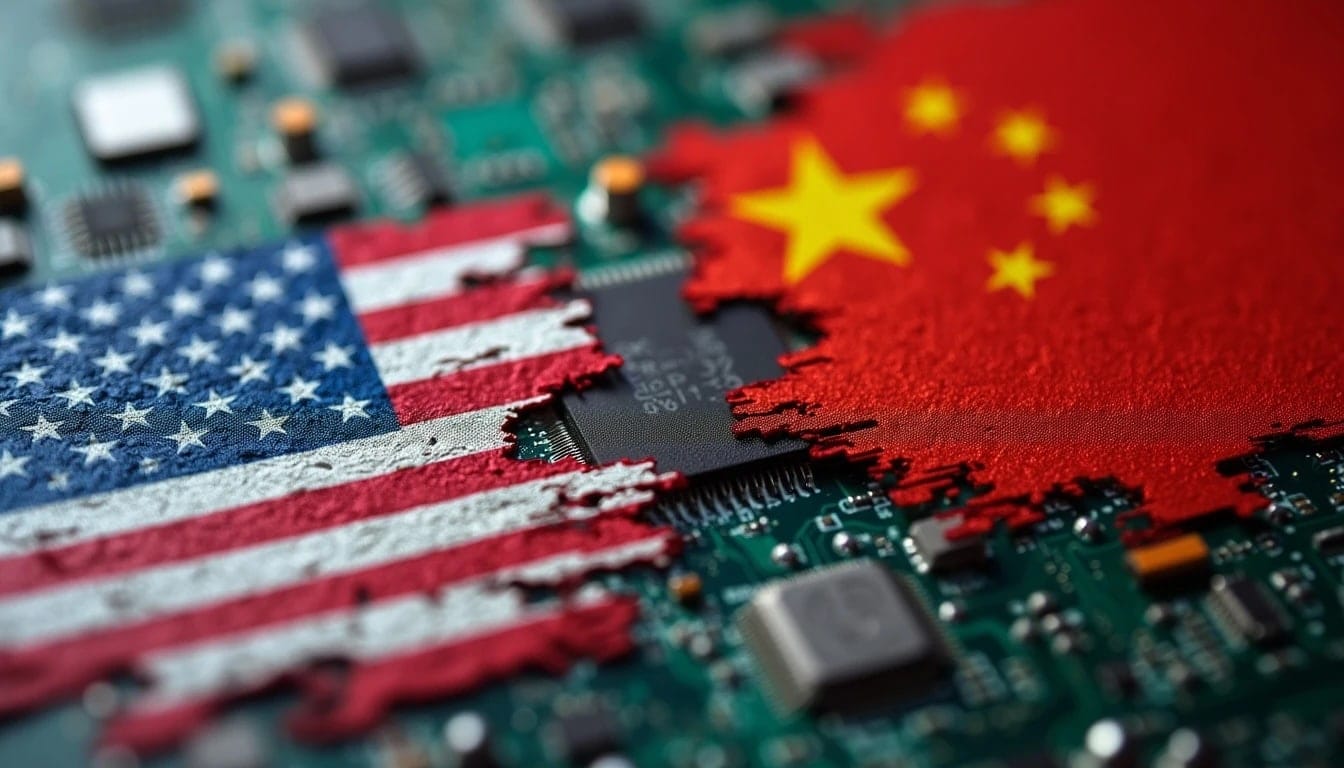The trade war between the United States and China has just taken an unexpected turn. While Washington is demanding mutual de-escalation of tariffs, Beijing is responding in its own way: eliminating nearly all tariffs on U.S. chips, except for a crucial segment, exposing cracks in the U.S. pressure strategy.
This move, far from being a sign of weakness, reveals a calculated plan to divide American companies and increase internal pressure on the White House.
A Silent Gesture That Says Much More Than Words
Under the guise of diplomatic inaction, China has reduced tariffs to 0% on eight customs codes related to semiconductors, leaving only memory chips out. This category, essential for data storage and servers, continues to face high tariffs, clearly indicating where Beijing wants to maintain pressure.
The maneuver comes amid a tense climate, where the U.S. maintains tariffs of 145% on Chinese products, and China responds with an average of 125%. For many experts, this tariff war "amounts to a de facto embargo" that suffocates companies on both sides.
What Has Changed on the Board?
The Chinese strategic shift allows many chips designed in the U.S. but assembled or exported from other Southeast Asian countries to enter China with reduced tariffs. This has quickly reactivated trade routes that had been frozen for months.
While the U.S. expected to impose its technological hegemony with sanctions and restrictions, it now finds itself trapped: its own companies are being incentivized to seek alternatives to keep their exports afloat.
Major U.S. Corporations Are Starting to Lose Patience
Giants like Walmart and Target have raised their voices, warning the Biden Administration (and Trump’s if he comes back to power) that this trade war has an unbearable cost for consumers and businesses.
Shipping bookings from China to the U.S. have plummeted by 64%, affecting global logistics and raising prices for a multitude of basic goods in both markets.
Scott Bessent, Acting Secretary of the Treasury, acknowledged at a JPMorgan conference that the current situation “is not sustainable” and that the collapse of bilateral trade directly harms the U.S. economy.
A Concealed Tactical Defeat for the U.S.?
With this "partial disarmament" maneuver, China achieves several objectives:
- Reduces pressure on its own key tech sectors, ensuring access to strategic chips without the need for formal negotiations.
- Politically isolates the U.S., showing other countries that Beijing can act flexibly while Washington entrenches itself in punitive measures.
- Divides the U.S. business sector, pitting industrial lobbies against the protectionist decisions of their own government.
Moreover, this gesture from China comes just as its GDP has grown a solid 5.4% in the first quarter, demonstrating that its growth model continues to withstand external pressures.
What Might Happen Now?
The ball is in Washington’s court. If it doesn’t take action, its own companies may begin to operate even more intensively through subsidiaries in Southeast Asia or sign bilateral agreements with other Asian markets, further weakening the U.S. strategy of technological isolation.
What seemed like an endless trade war could evolve into a new type of conflict: a war of alternative trade routes, where agility and flexibility will determine the winner.
Meanwhile, China has already shown that it knows how to play its cards quietly… and that it doesn’t need major announcements to change the balance of economic power.
Source: el chapuzas informático

